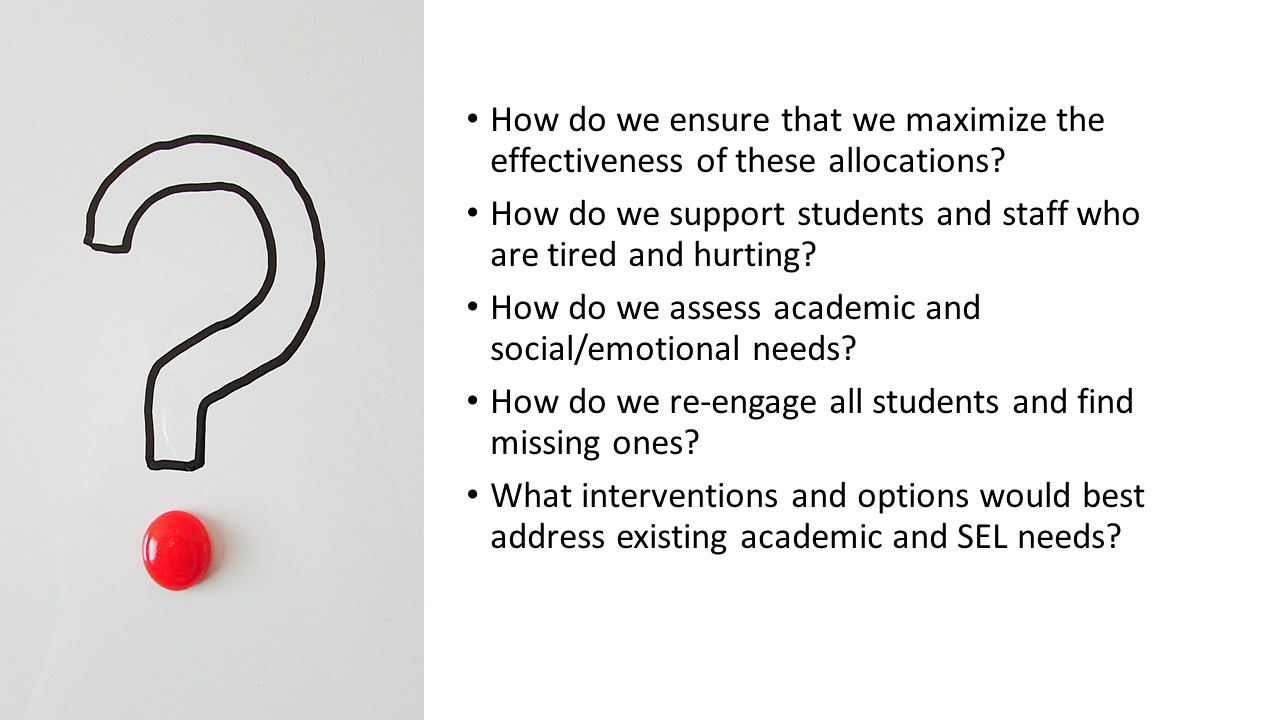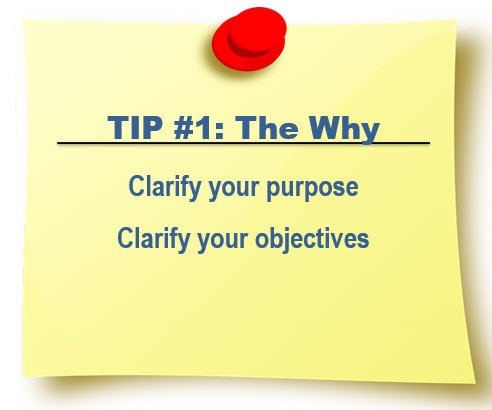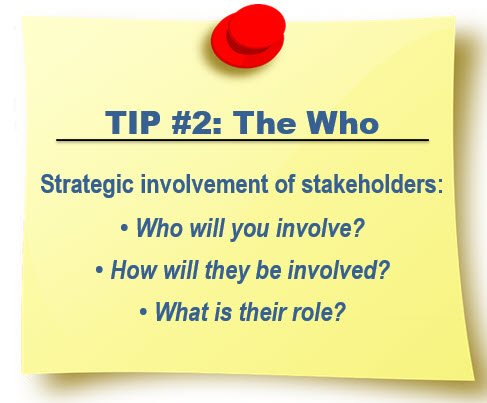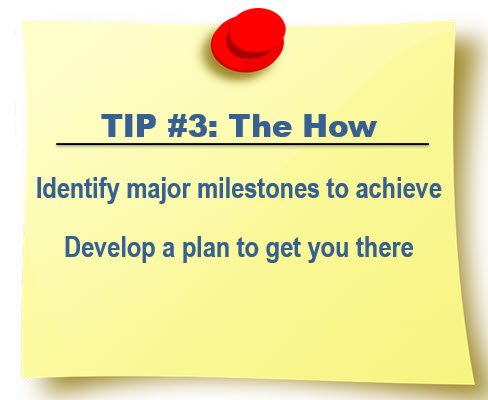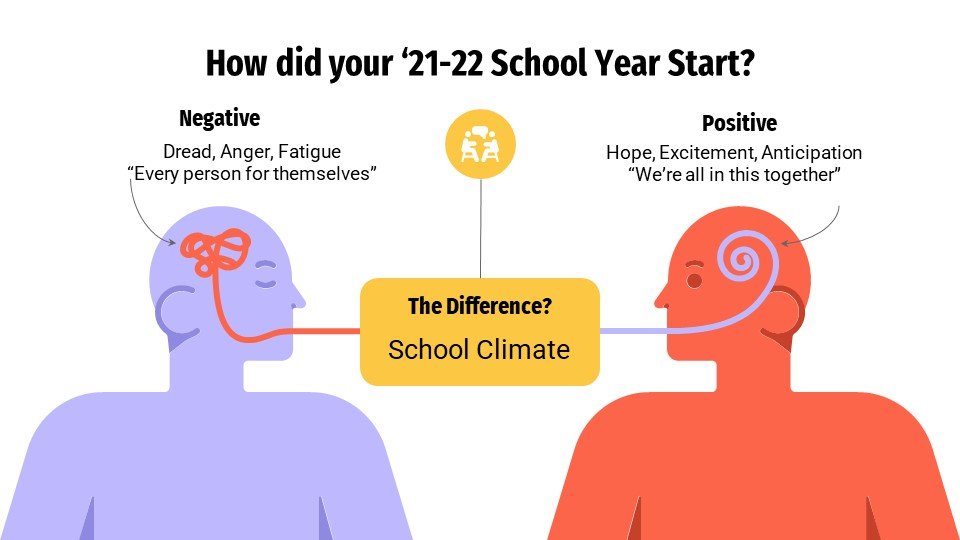 How did you start this school year?
How did you start this school year?
With excitement, anticipation, hope, “we’re in this together?” or with dread, anger, fatigue, “every man for himself?”
What attributes do districts have that put them in one category or the other? Why are some districts more successful at navigating, pivoting, and communicating?
Research done by the What Made them So Prepared Project points to positive school cultures as the key to success in the Covid Era. Districts have had to navigate the challenges of a pandemic and hot-button political and equity issues. The ones that have done so most successfully have exhibited common attributes such as “resilience, adaptability, complex problem-solving, collaboration, creativity, effective communication.” How these attributes are developed – the way people were involved, heard, and supported – reflect the school or district climate.
There is no back to normal
“When you can’t change the direction of the wind – adjust your sails,” H. Jackson Brown, Jr.
Our first actions moving forward, should be to “adjust the sails” to capture, plan, collaborate, develop, and nurture the people in your education community. Giving people a voice and recognizing positive leadership are two steps you can take to get things started.
Here are some other tips to help you determine what can be done in your district to nurture a positive culture or climate:
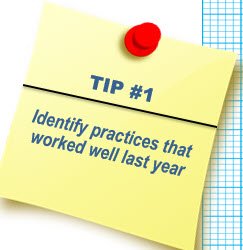
Tip #1 Identify practices that worked well last year – Ask “What practices nurtured a positive school climate/culture in the last year?”
Some examples that we have seen:
- Increased efforts to ensure environmental cleanliness and safety
- More frequent, timely and caring communication (external and internal)
- Increased focus on emotional well-being of students and staff
- Demonstrated acts of team unity – “everyone pitches in”
- Increased recognition/encouragement of teacher engagement and collaboration
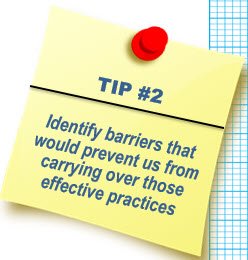
Tip #2 Identify Barriers to keeping these practices in place – Ask “What is preventing those practices from continuing?”
Some identified by our Community of Practice participants:
- Inadequate resources to support staff needs (environment, classroom support)
- Defaulting to traditional, periodic communication
- Abundance of time spent with loudest voices, naysayers
- Return to top-down role definition and demonstration
- Minimal opportunities for and encouragement of teacher collaboration
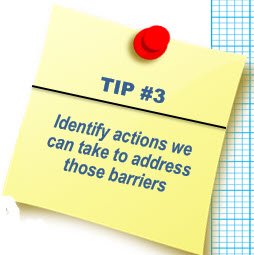
Tip 3 Identify Actions to eliminate barriers – Ask “What can you do to eliminate barriers and continue to build a positive climate?”
- Conduct teacher/staff focus group discussions around resources needed and re-prioritize how dollars are being spent (classroom support, environmental cleanliness, etc.)
- Encourage current teacher leadership group to use SCAN and recommend how to best optimize teacher collaboration efforts in school
- Work with combined internal/external stakeholders to identify communication concerns and develop plan to address priority concerns
- Conduct a Potential Opportunity Analysis with combined admin/teacher group to plan for optimizing team unity during this school year and beyond
Benefits Beyond Climate Control
Even though districts, schools and communities all have different needs and resources, a positive school climate -the way people are seen (respected), heard (voice) and supported- can make the difference in the success of initiatives, crisis management, etc. Teacher/student retention and attendance have improved in schools satisfied with school leadership. The white paper Ever-Ready Leadership: Dealing with Volatility, Uncertainty, Complexity and Ambiguity states “Satisfaction with school leadership is the #1 influencer of teacher satisfaction and decisions about whether or not to continue teaching. It is even more important than salary, demographics.” The paper goes on to say “Seeking others’ input has multiple benefits—it is another way that we demonstrate that people matter to us. Involving others sends important signals about our value for others and their ideas, our trust in their judgments, and our belief in what they can contribute and accomplish. Plus, it practically guarantees better solutions and decisions than we would otherwise have.”
Each of these tips reinforces the fact that involving others in an intentional and meaningful way is crucial to developing and maintaining a positive school culture – and a positive school culture goes a long way to ensuring success in this Covid Era.
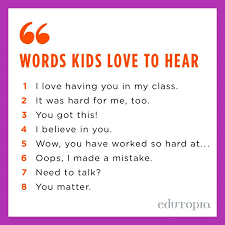
 Are your communications calm, consistent and clear? Or do they reflect the current
Are your communications calm, consistent and clear? Or do they reflect the current 
